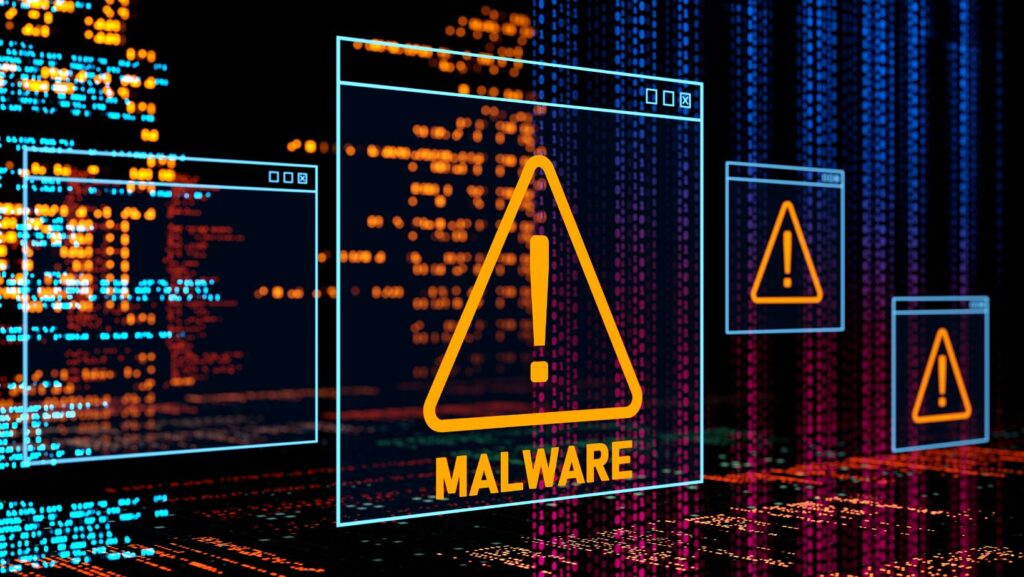In today’s digital landscape, cyber threats are ever-present. Organizations face a constant barrage of malware and other malicious software aimed at stealing data, disrupting operations, or even causing physical damage. To combat these threats, real-time threat intelligence has become essential. One powerful tool in this arena is the malware sandbox. This article will explore what malware sandboxes are, how they function, and their role in enhancing real-time threat intelligence.
Understanding Malware Sandboxes
A malware sandbox is a controlled environment where suspicious files and applications can be executed safely. By isolating potentially harmful software, analysts can observe its behavior without risking their systems. Think of it like a test lab for malware. When malware is run in a sandbox, it can exhibit its true nature without affecting the host machine or network. This isolation is crucial for understanding the threats posed by new and emerging malware.
The Purpose of a Sandbox
The primary purpose of a malware sandbox is to analyze malicious software in a safe setting. Security analysts use these environments to gather detailed information about malware behavior, including:
- File modifications: What files does the malware create, delete, or modify?
- Network activity: Does the malware attempt to communicate with external servers?
- System changes: What changes does it make to the operating system or software settings?
By observing these behaviors, analysts can determine the potential impact of the malware and develop strategies for mitigation.
How Malware Sandboxes Work
Malware sandboxes operate using several core components. Let’s break them down:
Isolation
The most critical feature of a malware sandbox is isolation. The sandbox runs in a separate environment, ensuring that any malicious activities are contained. This prevents malware from spreading to other systems or networks.
Dynamic Analysis
Malware sandboxes often utilize dynamic analysis, which involves executing the malware in real time. Analysts can monitor how the malware interacts with the system and identify its functions. This analysis can reveal hidden functionalities that static analysis (reviewing the code without execution) might miss.
Behavioral Monitoring
During execution, the sandbox closely monitors the behavior of the malware. It tracks file changes, registry modifications, and network connections. This data is critical for creating a comprehensive profile of the malware.
Reporting and Alerts
Once the analysis is complete, the sandbox generates reports detailing the observed behavior. This information can be used to inform security measures and improve overall threat intelligence.
The Importance of Real-Time Threat Intelligence
Real-time threat intelligence refers to the immediate collection and analysis of data regarding cyber threats.

It allows organizations to respond swiftly to potential attacks. The integration of malware sandboxes into this process enhances the effectiveness of threat intelligence for several reasons:
Immediate Analysis
Malware sandboxes enable organizations to analyze threats as they emerge. When a new piece of malware is discovered, security teams can quickly deploy it in a sandbox to understand its behavior and potential risks. This immediate response is crucial in minimizing damage.
Informed Decision-Making
By providing detailed insights into how malware operates, sandboxes equip security teams with the knowledge needed to make informed decisions. They can develop targeted responses based on specific behaviors exhibited by the malware.
Automation of Threat Detection
Many modern malware sandboxes come with automated features. This means that the analysis can be conducted without significant manual input. Automation speeds up the detection process and allows analysts to focus on higher-level tasks.
Collaboration and Intelligence Sharing
When organizations use malware sandboxes, they can share their findings with others in the industry. This collaboration enhances overall security posture and allows organizations to learn from one another’s experiences. Threat intelligence is more powerful when shared.
Challenges in Using Malware Sandboxes
While malware sandboxes are incredibly useful, they are not without challenges. Here are some key issues that organizations may face:
Evasion Techniques
Some sophisticated malware is designed to detect whether it’s running in a sandbox. These types of malware may alter their behavior to avoid detection, making it harder for analysts to understand their true capabilities. This means that analysts must constantly adapt their methods.
Resource Intensive
Running multiple sandboxes can be resource-intensive. Organizations need adequate computing power and storage to handle the analysis of various threats simultaneously. Balancing resource allocation with the need for thorough analysis is a common challenge.
False Positives
Not all software detected in a sandbox is malicious. Sometimes, legitimate software can exhibit behaviors similar to malware, leading to false positives. Analysts must sift through this data carefully to avoid misclassifying benign software as threats.
Integration with Existing Security Tools
Integrating malware sandboxes with other security measures can be complex. Organizations must ensure that their sandboxes work seamlessly with firewalls, intrusion detection systems, and other security technologies. This requires careful planning and coordination.
Ideal Practices for Implementing Malware Sandboxes
To maximize the effectiveness of malware sandboxes, organizations should follow these best practices:
Regular Updates
Keeping the sandbox software up to date is vital. Cyber threats evolve rapidly, and outdated sandboxes may not be able to detect the latest malware variants. Regular updates ensure that the sandbox can analyze new threats effectively.
Comprehensive Testing
Before deploying a sandbox in a production environment, thorough testing is essential.

Organizations should validate that the sandbox behaves as expected and can accurately analyze a range of malware types.
Training Analysts
Security analysts should receive ongoing training in using sandboxes. They need to understand the tools and techniques for effective analysis. A well-trained team can better interpret the data and respond to threats.
Establishing Protocols
Having clear protocols for sandbox usage is crucial. Organizations should define when to use the sandbox, how to report findings, and how to escalate threats. This structure helps streamline the analysis process.
The Future of Threat Intelligence with Sandboxes
As technology continues to advance, the role of malware sandboxes in threat intelligence will likely evolve. Here are a few trends to watch:
Integration with AI and Machine Learning
The future may see increased integration of artificial intelligence (AI) and machine learning into malware sandboxes. These technologies could enhance detection capabilities by identifying patterns and anomalies more effectively than traditional methods.
Cloud-Based Sandboxes
Cloud computing offers scalability and flexibility. Organizations may increasingly turn to cloud-based malware sandboxes that can analyze larger volumes of data without the need for extensive on-premises infrastructure.
Enhanced Collaboration Platforms
As cybersecurity threats become more sophisticated, collaboration among organizations will become increasingly vital. Future sandboxes may include enhanced features for sharing threat intelligence across different organizations and industries.
Conclusion
In conclusion, real-time threat intelligence is crucial for defending against the ever-evolving landscape of cyber threats. Malware sandboxes play a significant role in this process by providing a safe environment for analyzing suspicious software. By understanding malware behavior, organizations can develop more effective strategies for detection and response.
While challenges exist in using malware sandboxes, the benefits far outweigh the drawbacks. With ongoing advancements in technology and collaboration, the future of threat intelligence looks promising. By leveraging tools like malware sandboxes, organizations can better protect themselves against the looming threats of the digital world.



